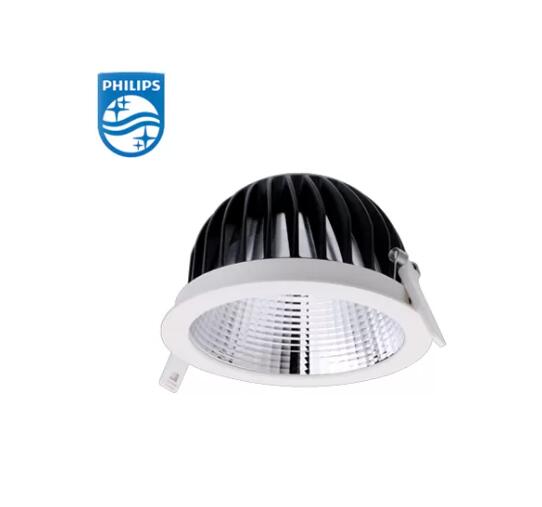Do LED downlights use a lot of electricity?
LED downlights have revolutionized the world of lighting with their remarkable energy efficiency, providing bright illumination while consuming significantly less electricity compared to traditional lighting options. If you're wondering whether LED downlights use a lot of electricity, the short answer is a resounding "no." Let's dive into the details and debunk the energy consumption myth surrounding LED downlights.
1. Energy Efficiency: One of the primary advantages of LED downlights is their exceptional energy efficiency. LEDs (Light Emitting Diodes) are designed to convert a large portion of the energy they consume directly into light, rather than generating excess heat like traditional incandescent bulbs. As a result, LED downlights use significantly less electricity to produce the same level of illumination, making them a cost-effective choice in the long run.
2. Wattage Comparison: To put things into perspective, consider this: an LED downlight that emits the same amount of light as a traditional incandescent bulb will use only a fraction of the electricity. For example, a typical 60-watt incandescent bulb can be replaced by an LED downlight with an energy consumption of around 8-10 watts, or even less. This drastic reduction in wattage directly translates to lower electricity bills without compromising on lighting quality.

3. Lifespan and Replacement: energy-saving LED downlights not only consume less electricity but also have a significantly longer lifespan compared to incandescent and fluorescent lighting options. While incandescent bulbs may need replacement every 1,000 hours and fluorescent bulbs around 8,000 hours, LED downlights can last up to 25,000 hours or more. This longevity further contributes to reduced electricity consumption, as fewer replacements are required.
4. Dimming Capabilities: Many LED downlights come with dimming capabilities, allowing you to adjust the brightness according to your needs. When dimmed, LED downlights use even less electricity, offering additional energy savings while maintaining the desired lighting ambiance.
5. Environmental Impact: The energy-saving benefits of LED downlights extend beyond your household budget. By using less electricity, you're also reducing your carbon footprint and contributing to environmental sustainability. LED technology aligns with the global push toward energy conservation and reducing greenhouse gas emissions.
6. Return on Investment: While LED downlights may have a slightly higher upfront cost compared to traditional bulbs, their energy-saving capabilities lead to substantial savings over time. The reduced electricity consumption translates into a shorter payback period, providing a significant return on your investment in the form of lower utility bills.
In conclusion, LED downlights are a shining example of energy efficiency in lighting technology. Contrary to the misconception that they use a lot of electricity, LED downlights are designed to use significantly less energy while delivering impressive illumination. Their lower wattage, longer lifespan, and additional features like dimming make them an economical choice for both residential and commercial applications. By making the switch to LED downlights, you're not only making a smart financial decision but also contributing to a greener future by reducing energy consumption and minimizing environmental impact.

